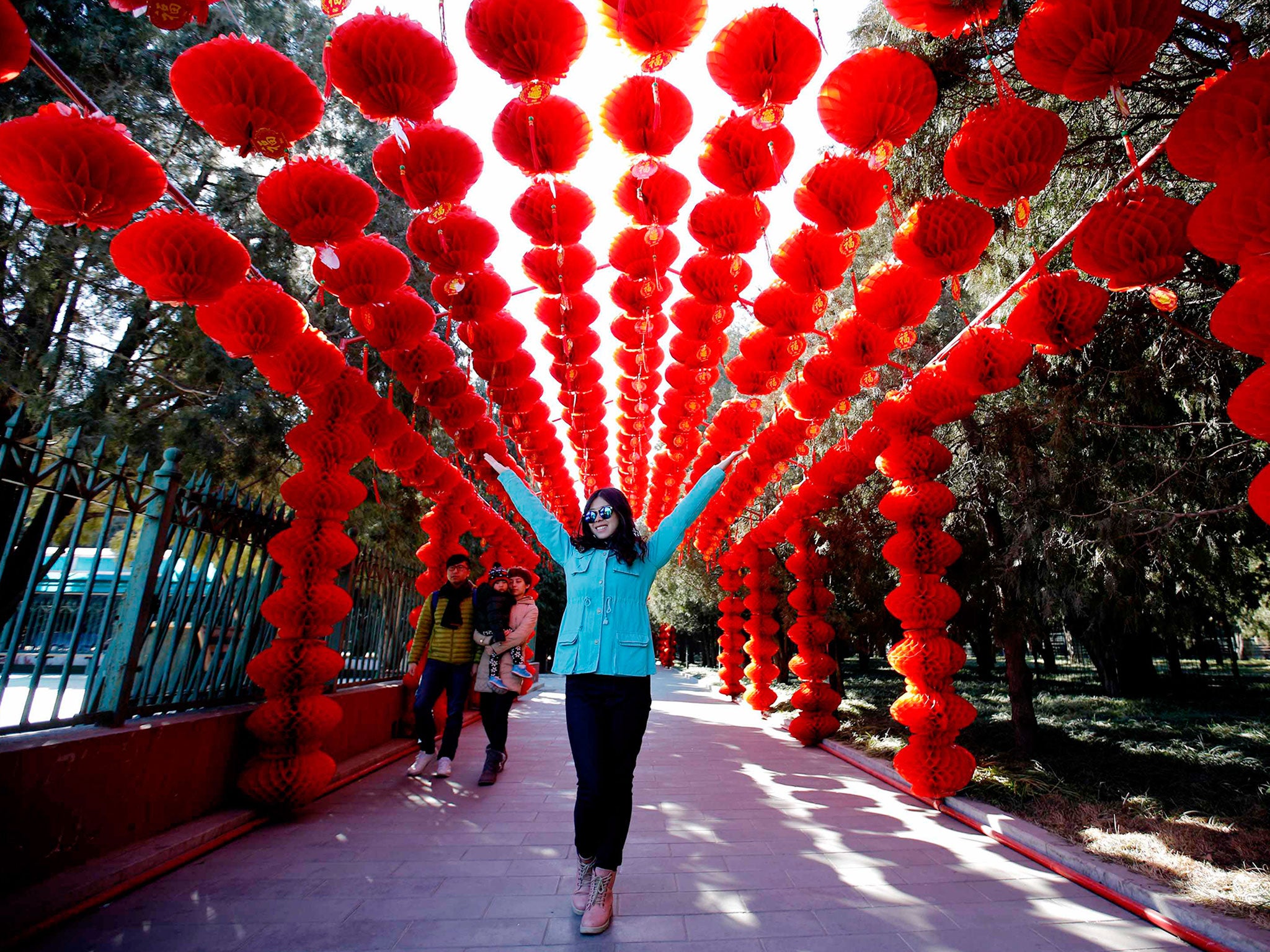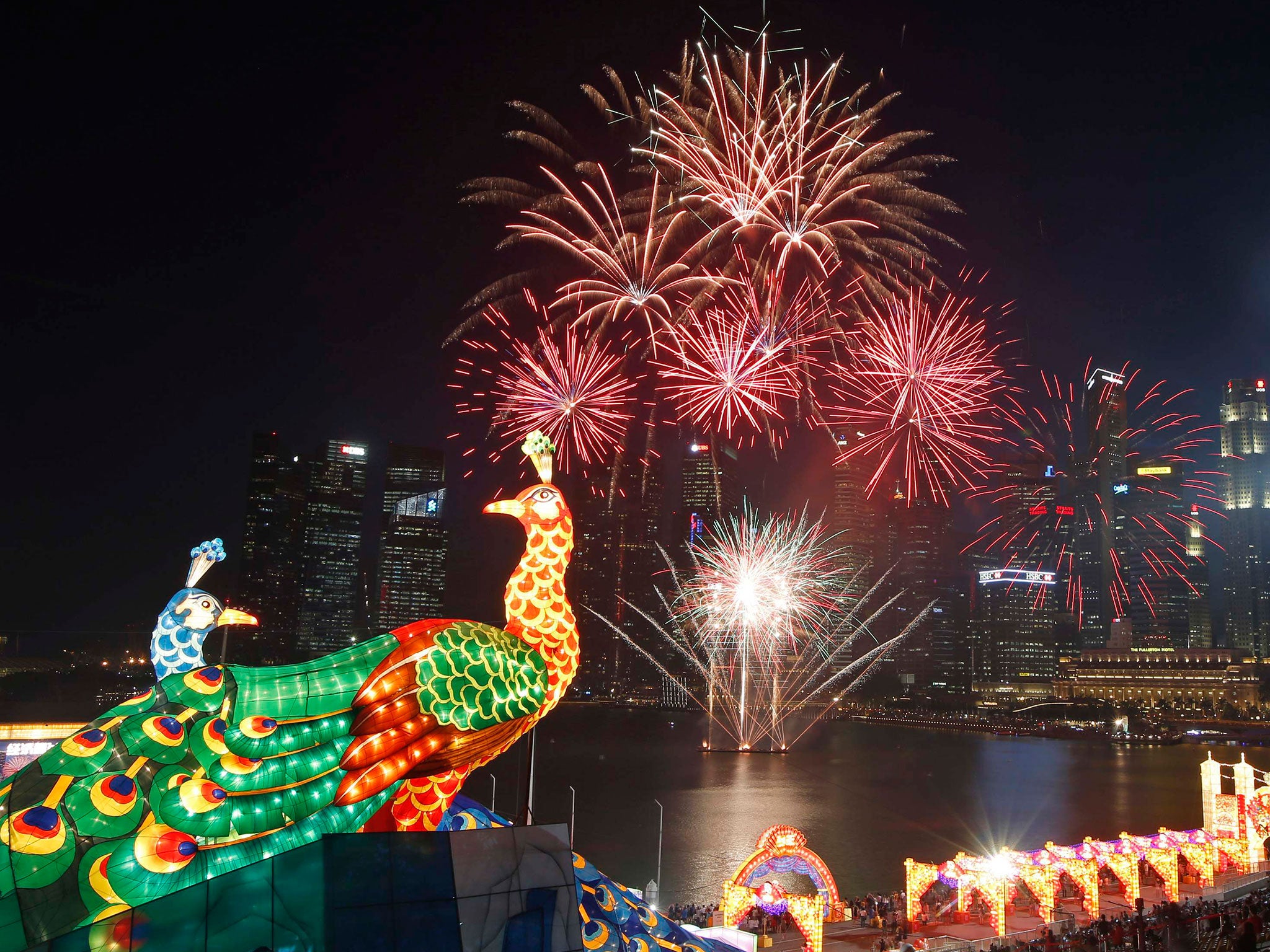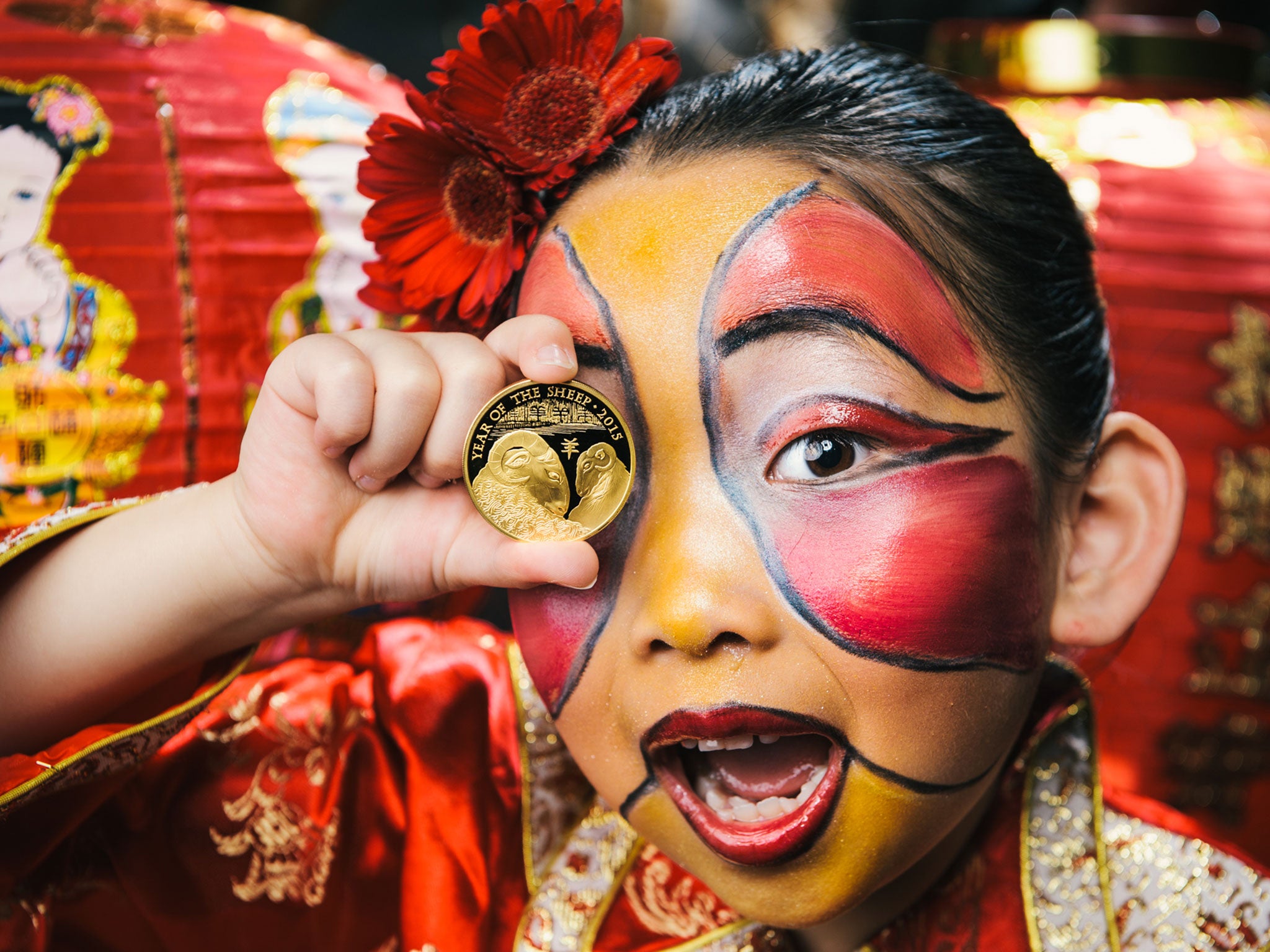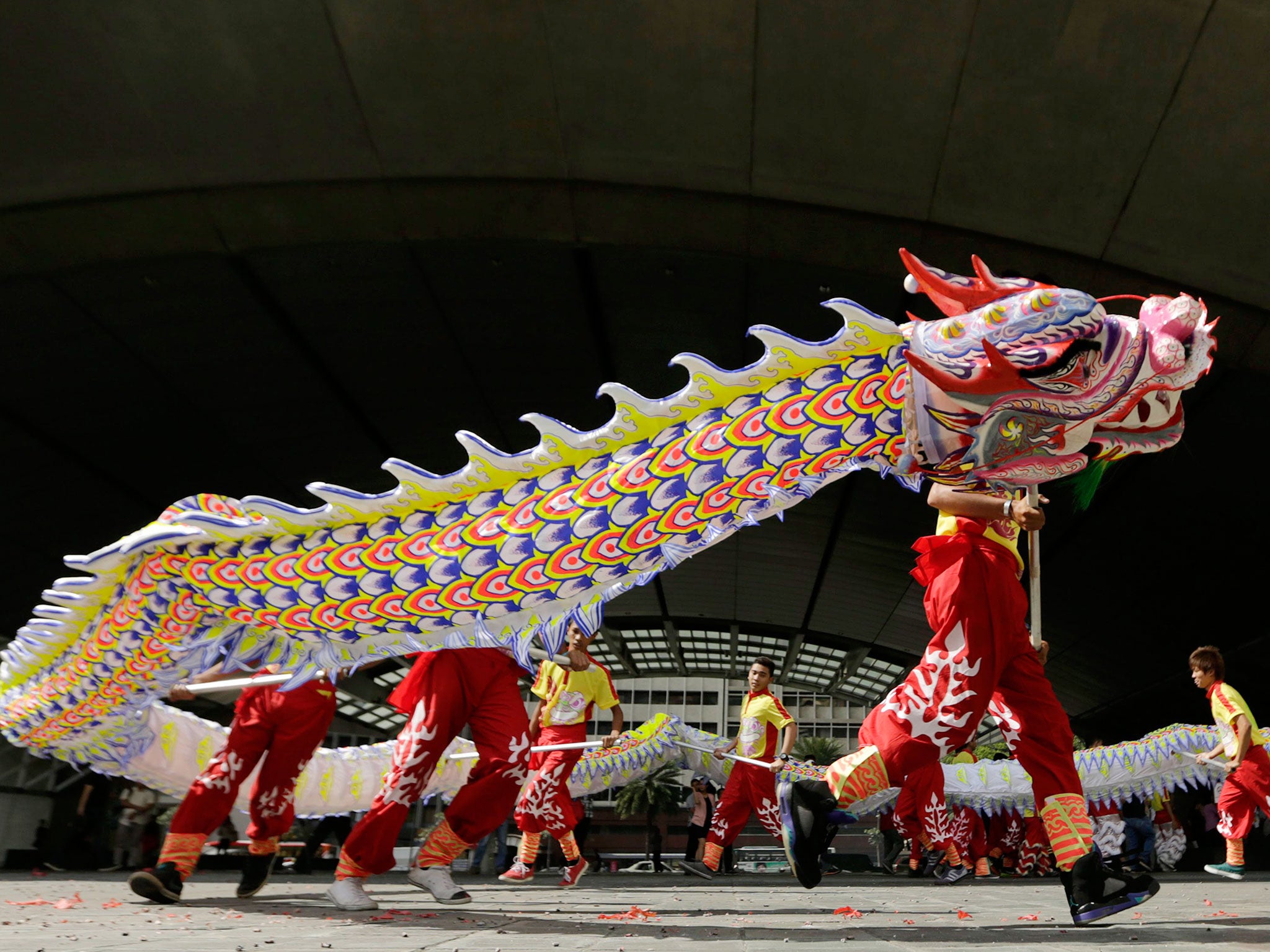Chinese New Year 2015: 6 things you need to know about the Year of the Goat (or Sheep)
Everything you need to know about yang, pillows and primroses

Your support helps us to tell the story
From reproductive rights to climate change to Big Tech, The Independent is on the ground when the story is developing. Whether it's investigating the financials of Elon Musk's pro-Trump PAC or producing our latest documentary, 'The A Word', which shines a light on the American women fighting for reproductive rights, we know how important it is to parse out the facts from the messaging.
At such a critical moment in US history, we need reporters on the ground. Your donation allows us to keep sending journalists to speak to both sides of the story.
The Independent is trusted by Americans across the entire political spectrum. And unlike many other quality news outlets, we choose not to lock Americans out of our reporting and analysis with paywalls. We believe quality journalism should be available to everyone, paid for by those who can afford it.
Your support makes all the difference.When is it?
Tomorrow marks Chinese New Year, the longest and most important holiday in the Chinese calendar.
The world’s largest annual human migration is now well underway as 2.8 billion trips are made across China in what is known as chun yun, when students, migrant workers and office employees living away from home will make the journey back to celebrate with their families.

It is China’s most important holiday
Chinese New Year is the longest national holiday in China, spanning a total of fifteen days, and New Year’s Day is the most important date in the Chinese calendar.
The first three days of the new year are a statutory holiday but usually most people will have the time from New Year’s Eve to the sixth day of the new year off from work.
Although China has used the Gregorian calendar since 1912, Chinese New Year is based on the ancient Chinese lunar calendar, and it falls on the second new moon after winter solstice - somewhere between 21 January and 19 February, meaning it changes from year to year.
It is pronounced “Gong Xi Fa Cai” in Mandarin and “Gong Hey Fat Choy” in Cantonese, although both are written the same way.

Roughly a sixth of the world will celebrate it
As well as being celebrated in China itself, celebrations occur in Taiwan, Singapore, Malaysia and all countries where there are significant Chinese populations.
Wish people a happy new year by saying “Xin Nian Kuai Le” in Mandarin or “San Nin Faai Lok” in Cantonese.
Goat or sheep?
2015 is the year of the goat, but you may see it referred to as the “Year of the Sheep” too.
The confusion stems from the Chinese character “yang”, which can translate in colloquial Chinese as either sheep or goat.
Those born in 1919, 1931, 1943, 1967, 1979, 1991 or 2003 are goats, who can count their lucky colours as brown, red and purple.
Their characters are supposedly kind and peaceable, while their best months are supposedly August and November and their lucky flowers are primroses and carnations.

Children will sleep with money under their pillow
Children will be given red envelopes filled with money to bring happiness and good fortune.
The envelopes themselves are good luck, as well as the contents, and some children will sleep with their envelopes under their pillow for up to seven days to increase their luck.
A common misconception is that everyone receives money from everyone else as part of Chinese New Year celebrations.
In fact, only people who are not married receive the red packets of money (hong bak) and only those who are married give them out.

How is it celebrated?
Dinners, parades, dragon dances, reunions and gift exchanges are all part of Chinese New Year celebrations.
Red clothing and elements are essential for Chinese New Year, as the mythical monster at the centre of the New Year, Nian, was supposedly scared of the colour red and fireworks, which have also become a key part of New Year celebrations.
Cleaning the house on the twentieth day of the second lunar month before the New Year, and subsequent house decorating, are both major rituals in the run up to New Year.
Each day has its own celebration: while on Day 2 it is traditional to visit friends and relatives, on Day 3 people tend to stay at home as it is not seen as auspicious to socialise.
The final day, Day 15, sees the Lantern Festival, where red Chinese lanterns are released into the sky.
Join our commenting forum
Join thought-provoking conversations, follow other Independent readers and see their replies
Comments